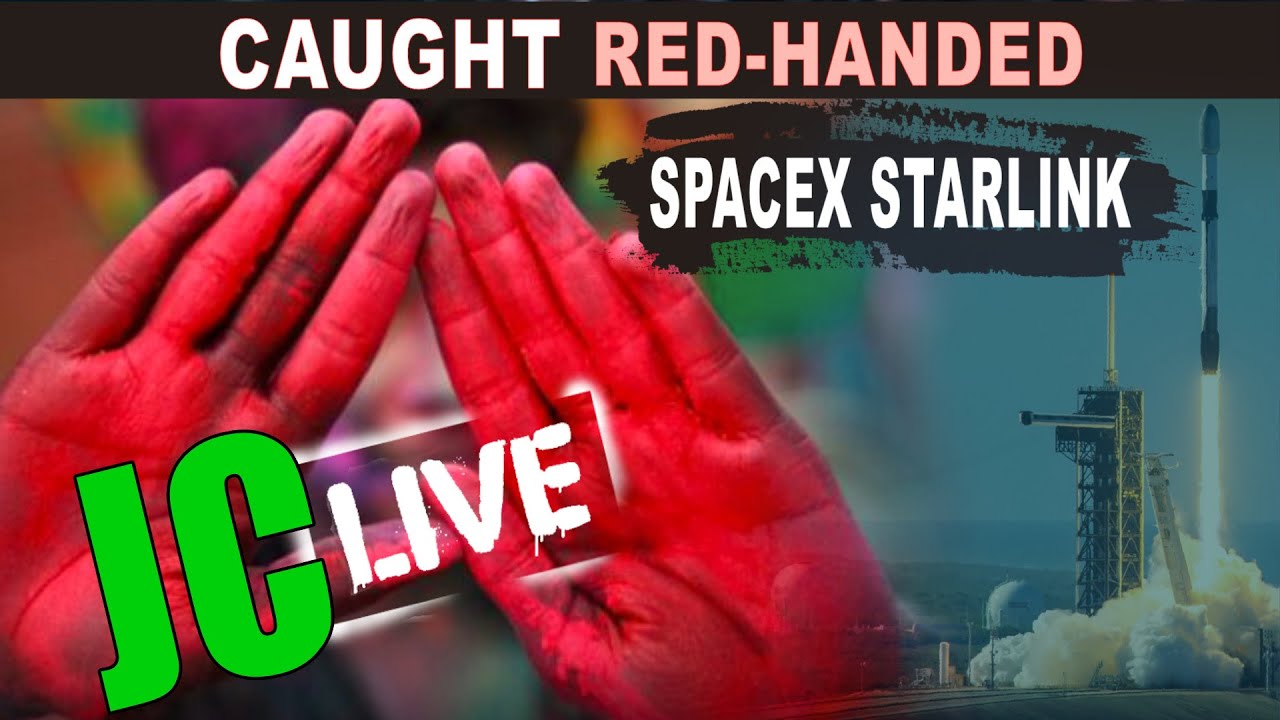SpaceX Starlink - Project Kuiper Tests 1000 Dishes
Summary
TLDRIn this video, the creator discusses Jeff Bezos's ambitious project Kuiper, a satellite internet system aimed at rivaling SpaceX's Starlink. While Kuiper has obtained a license to test 1,000 prototype antennas, the creator raises skepticism about the project's progress and viability. With only two prototype satellites currently in orbit and challenges in launching production satellites, the creator questions whether Kuiper can compete with Starlink's rapid deployment. The video explores technical aspects of satellite internet, dish sizes, and the potential impact of Kuiper on the market, inviting viewers to share their thoughts on the rivalry between Bezos and Musk in the race for satellite internet dominance.
Takeaways
- 😃 Jeff Bezos' Project Kuiper is testing over 1,000 prototype antennas for its satellite internet service, aiming to rival SpaceX's Starlink.
- 🛰️ Project Kuiper has only launched two prototype satellites so far, but plans to send up the first production satellites in the first half of 2023.
- 📡 The antennas being tested come in three sizes: enterprise-grade (up to 1 Gbps), standard (up to 400 Mbps, under $400 to manufacture), and portable (up to 100 Mbps).
- ⏱️ Project Kuiper aims to begin beta testing with commercial customers in the second half of 2024, though the presenter expresses skepticism about this timeline.
- 🚀 Bezos' company Blue Origin and Arianespace have been unable to launch Kuiper satellites, leaving United Launch Alliance (ULA) as the primary launch provider.
- 🌐 The presenter questions the viability of Kuiper's service with only a few hundred satellites, compared to Starlink's rapidly growing constellation.
- 💰 There are rumors of shareholders suing Bezos for not accepting a ride-share from SpaceX to accelerate Kuiper's deployment.
- 🔍 The presenter explains how phased array antennas work and the impact of antenna size on performance and tracking capabilities.
- 🤔 The presenter is skeptical about Kuiper's ability to provide consumer-grade service anytime soon, possibly not even by the end of 2025.
- 💻 The presenter encourages viewers to check out his website for photography tools and resources, and to support his work if they find value in it.
Q & A
What is Project Kuiper?
-Project Kuiper is Amazon's initiative to build a satellite internet system to rival SpaceX's Starlink. It aims to provide high-speed internet access through a network of satellites in low Earth orbit.
How many prototype satellites has Project Kuiper launched so far?
-According to the video, Project Kuiper has only launched two prototype satellites so far, named KuiperSat-1 and KuiperSat-2, in October 2022.
What is the purpose of the 1,000 prototype antennas that Amazon plans to test?
-Amazon has received FCC approval to test up to 1,000 prototype antennas or customer terminals across the US. The purpose is to validate the over-the-air performance of these antennas before commencing their manufacturing for the commercial service.
When does Amazon plan to begin beta testing Project Kuiper with commercial customers?
-According to the video, Amazon plans to begin beta testing Project Kuiper with early commercial customers sometime in the second half of 2024.
What are the planned internet speed tiers for Project Kuiper?
-The video mentions that Amazon plans to offer three types of satellite dishes: an enterprise-grade receiver with speeds up to 1 Gbps, a standard dish with speeds up to 400 Mbps (costing less than $400 to manufacture), and a portable model with speeds up to 100 Mbps.
What challenges has Project Kuiper faced in launching satellites?
-The video mentions that Amazon's contracted launch providers, Arianespace and Blue Origin (owned by Jeff Bezos), were unable to launch any Kuiper satellites into orbit. United Launch Alliance (ULA) was the only provider that managed to launch the two prototype satellites.
How does the video compare the satellite launch cadence of Project Kuiper and SpaceX Starlink?
-The video highlights the significant difference in launch cadence between the two projects. It notes that SpaceX is launching batches of 20-23 satellites on a frequent basis (sometimes multiple launches per day), while Project Kuiper has only managed to launch two prototypes so far.
What concern does the video raise about Jeff Bezos' approach to Project Kuiper?
-The video raises concerns that Jeff Bezos' reluctance to collaborate with Elon Musk's SpaceX for satellite launches might be inhibiting the progress of Project Kuiper, leading to speculation that the project might be shut down before it becomes operational.
How does the size of the satellite antenna affect its performance?
-The video explains that larger antennas with more elements can track satellites more accurately and experience less rain fade compared to smaller antennas. It also clarifies that the field of view for these antennas is not a perfect cone but more like a squashed cone, with a wider horizontal angle than vertical.
What is the significance of the eoWebCast feature mentioned in the video?
-The video mentions that SpaceX's new satellites have built-in eoWebCast transmitters, which essentially turn the satellites into wireless cell towers, allowing direct communication between user devices and the satellites without the need for ground-based infrastructure.
Outlines

This section is available to paid users only. Please upgrade to access this part.
Upgrade NowMindmap

This section is available to paid users only. Please upgrade to access this part.
Upgrade NowKeywords

This section is available to paid users only. Please upgrade to access this part.
Upgrade NowHighlights

This section is available to paid users only. Please upgrade to access this part.
Upgrade NowTranscripts

This section is available to paid users only. Please upgrade to access this part.
Upgrade NowBrowse More Related Video
5.0 / 5 (0 votes)





